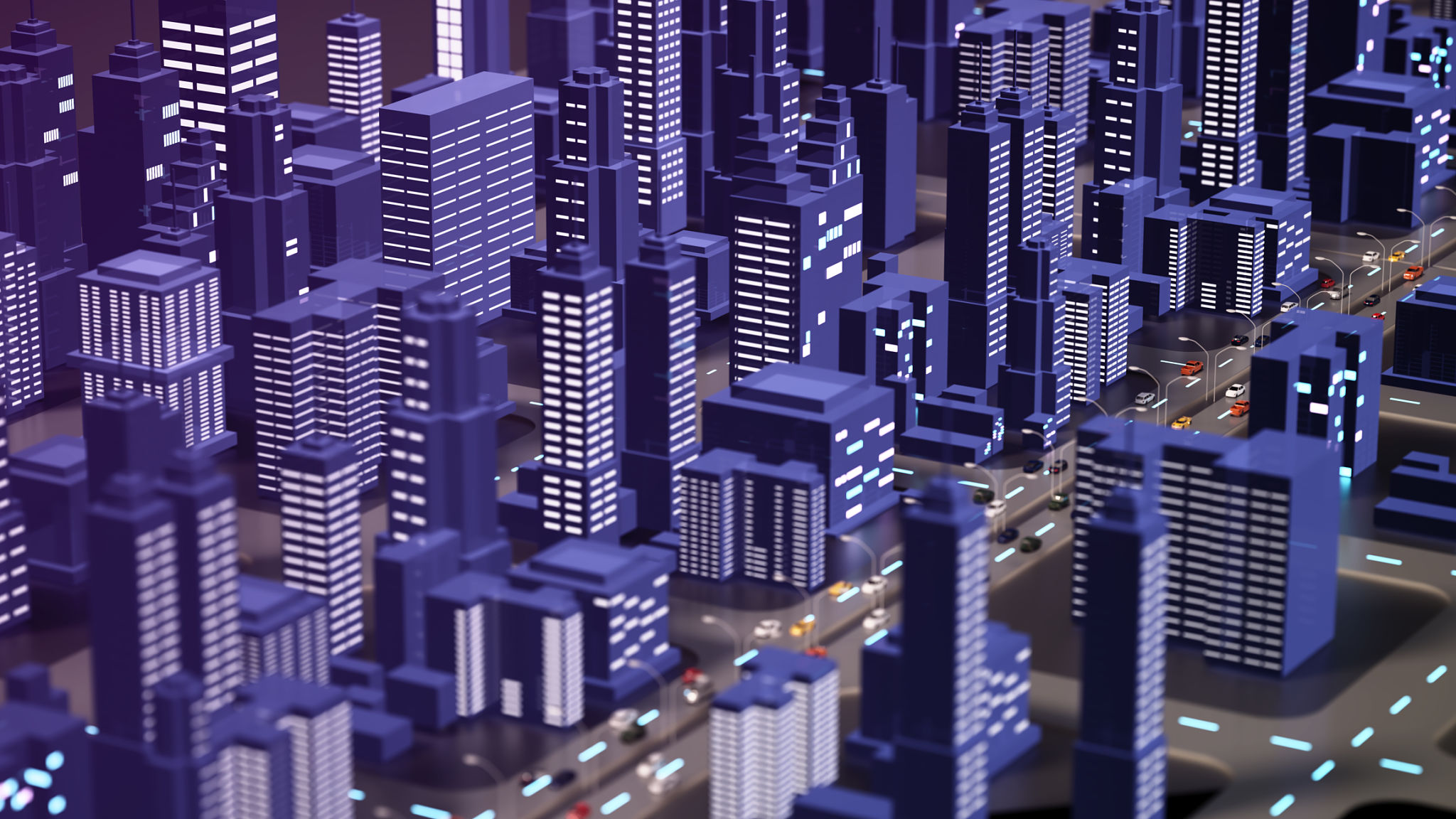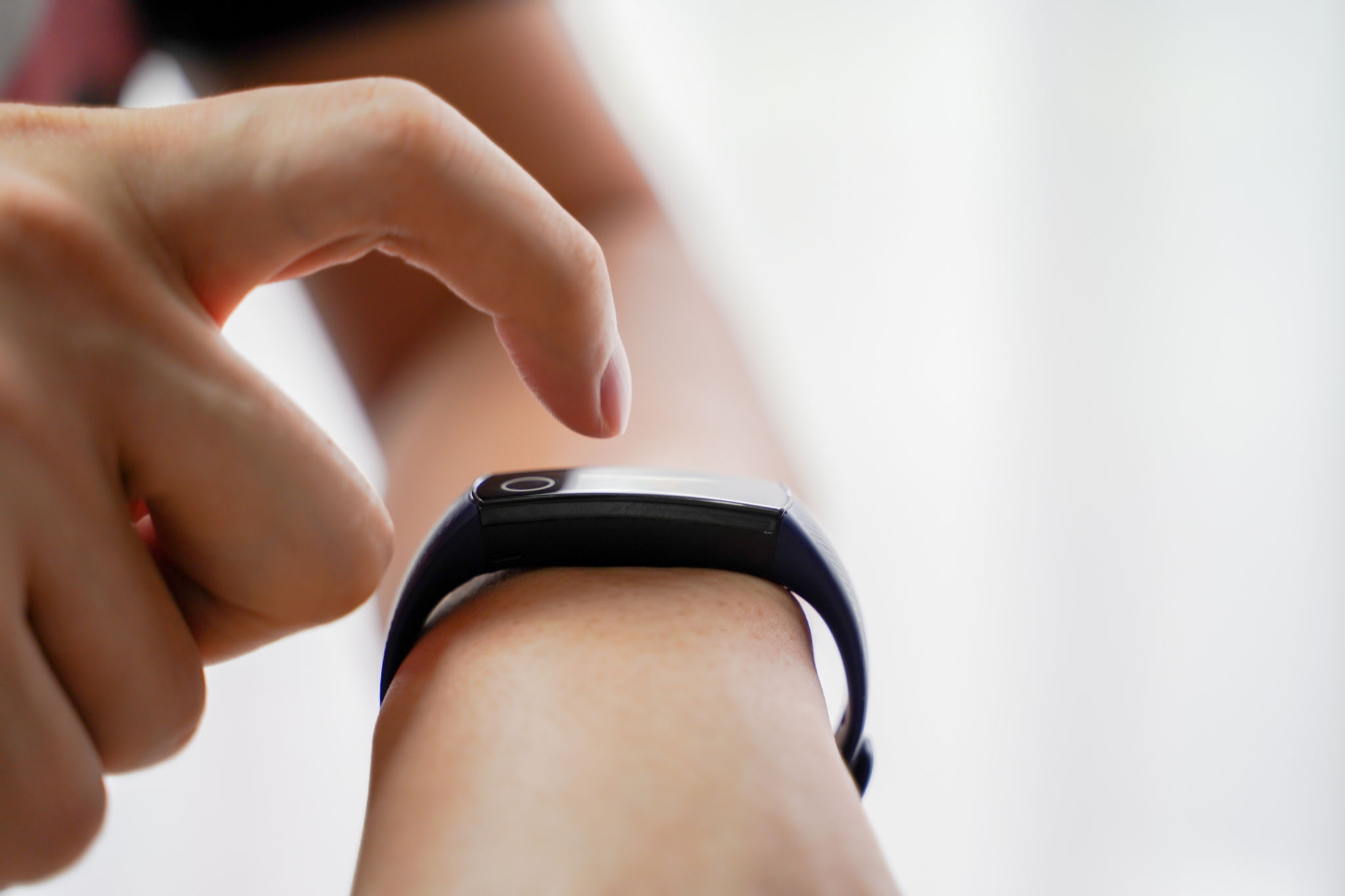The Role of LiDAR and IoT Sensors in Modern Building Inspections
Introduction to LiDAR and IoT in Building Inspections
In the rapidly evolving landscape of building inspections, technology is playing an increasingly pivotal role. Two standout innovations in this field are LiDAR (Light Detection and Ranging) and IoT (Internet of Things) sensors. These technologies are not only enhancing the efficiency and accuracy of building inspections but are also revolutionizing how professionals assess and maintain structures. Let's explore how these tools are transforming the industry.
LiDAR technology is a remote sensing method that uses light in the form of a pulsed laser to measure variable distances to the Earth. When combined with IoT sensors, which are interconnected devices that collect and exchange data over the internet, they create a powerful synergy for modern building inspections. This combination allows for more detailed, real-time analysis of structures.

The Advantages of LiDAR in Inspections
LiDAR offers several advantages over traditional inspection methods. Its high precision and ability to generate detailed 3D maps make it an invaluable tool for assessing building conditions. By using LiDAR, inspectors can:
- Accurately measure building dimensions and detect structural irregularities.
- Create comprehensive digital models that aid in future planning and renovations.
- Conduct inspections in challenging environments where manual methods may be unsafe or impractical.
Moreover, the data collected by LiDAR systems can be processed and analyzed using advanced software, allowing for faster and more informed decision-making. This efficiency not only saves time but also reduces costs associated with lengthy inspection processes.

The Impact of IoT Sensors on Building Monitoring
IoT sensors play a crucial role in monitoring building health by providing continuous data streams about various environmental factors. These sensors can measure temperature, humidity, vibration, and even detect gas leaks or water intrusions. By integrating IoT sensors into building systems, owners and inspectors can:
- Receive real-time alerts about potential issues before they become critical.
- Track long-term trends and changes in building conditions.
- Optimize maintenance schedules based on actual data rather than routine timelines.
The connectivity offered by IoT ensures that stakeholders have constant access to important data, enabling prompt responses to emerging issues and enhancing overall safety.

Combining LiDAR and IoT for Comprehensive Inspections
When used together, LiDAR and IoT sensors provide a comprehensive view of a building's condition. While LiDAR offers precise spatial data and mapping capabilities, IoT sensors deliver ongoing environmental monitoring. This combination allows for a more holistic approach to building inspections, facilitating predictive maintenance strategies that can significantly extend the lifespan of a structure.
This synergy also supports sustainability efforts by ensuring that energy consumption is optimized and potential environmental hazards are mitigated swiftly. The integration of these technologies represents a forward-thinking approach to building management that aligns with modern sustainability goals.
The Future of Building Inspections
As technology continues to advance, the role of LiDAR and IoT sensors in building inspections is expected to grow even more prominent. Emerging trends such as artificial intelligence and machine learning will likely further enhance the capabilities of these technologies, providing even more accurate insights and predictive analytics.
The future holds exciting possibilities for the building inspection industry. With continued innovation, we can anticipate smarter buildings that are safer, more efficient, and better equipped to meet the demands of modern living. Embracing these technologies today sets the stage for a more resilient tomorrow.

In conclusion, the integration of LiDAR and IoT sensors into building inspections is not just a trend but a significant leap forward in ensuring structural integrity and safety. By leveraging these advanced technologies, inspectors can deliver more accurate assessments, ultimately leading to safer and more sustainable buildings.
